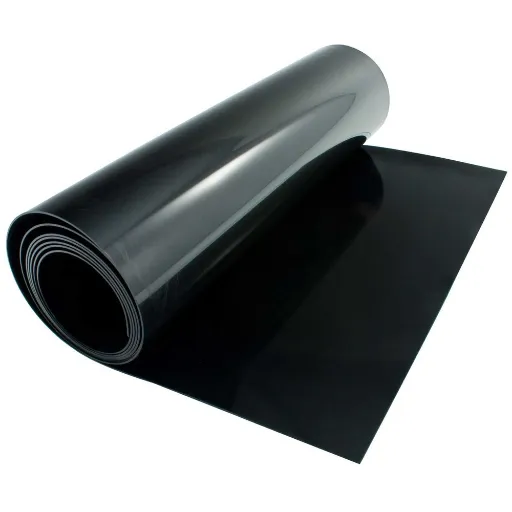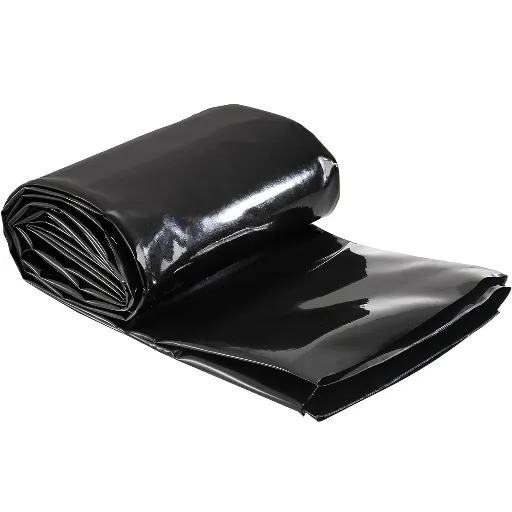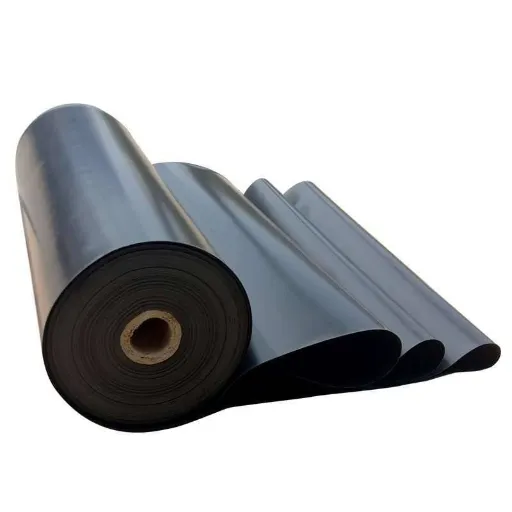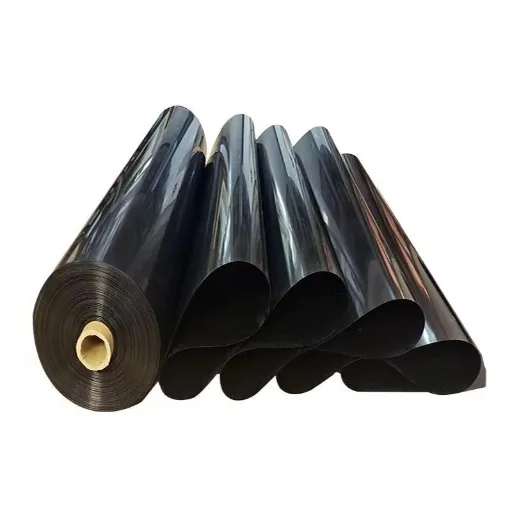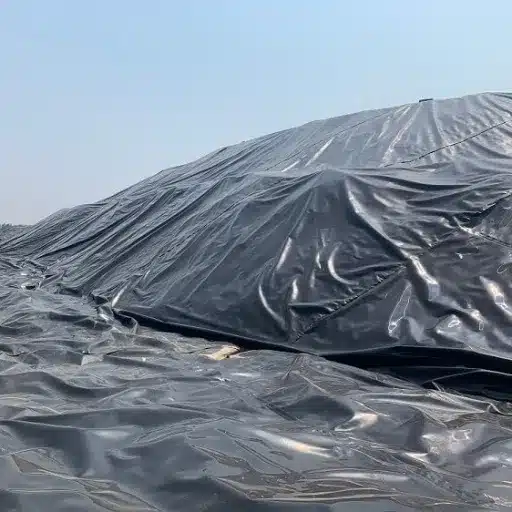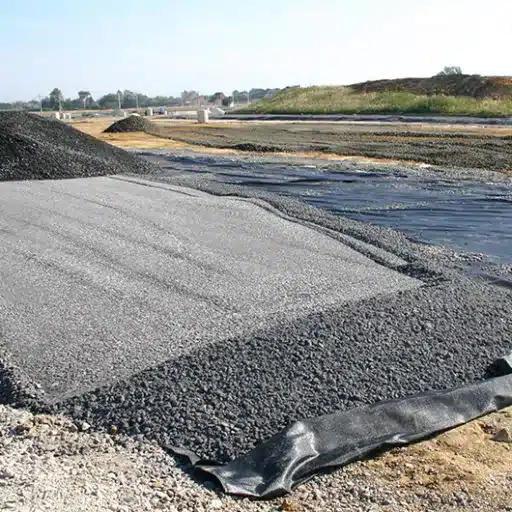Creation of an effective containment system needs careful choice of materials for ponds, landfills, and industrial projects. HDPE liners, especially a 40 mil HDPE geomembrane liner, have been tested and proved to ensure strength, economy, and environmental safety. This comprehensive guide will explore why these liners are industry leaders, their major benefits, and the applications they’re best suited for.
Introduction to HDPE Liners
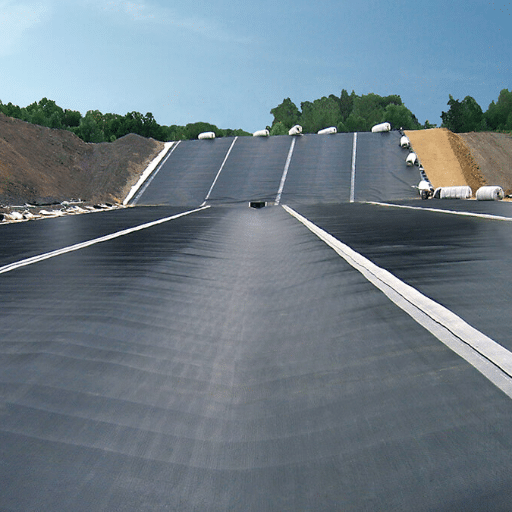
40 mil HDPE liners offer exceptional strength, chemical resistance, and adaptability, making them an excellent containment solution across multiple industries while providing environmental protection at cost-effective rates.
What is HDPE Liner?
HDPE (High-Density Polyethylene) Liner is a robust and rigid geomembrane with limited flexibility, primarily used in containment and protection applications. Manufactured from high-density polyethylene resin, these liners exhibit:
- Maximum chemical resistance
- UV stability
- High strength for long-term performance under harsh environmental conditions
Technical Specifications:
- Thickness range: 20 mil to 120 mil
- Tensile strength: Exceeding 150 pounds per inch
- Permeability rates: Approximately 1×10^-12 cm/s
- Temperature resistance: -22°F to 140°F (-30°C to 60°C)
Key Features of 40 Mil HDPE Liners
40 mil HDPE liners are widely used in the geomembrane industry due to their optimal balance of flexibility, durability, and economic value. Key characteristics include:
| Property | Specification | Benefit |
|---|---|---|
| Thickness | 40 mil | Excellent protection against physical damage while maintaining installation flexibility |
| Temperature Stability | -22°F to 140°F (-30°C to 60°C) | Reliable performance in all climate conditions |
| Lifespan | 20-30 years | Long-term containment solution with proper installation and maintenance |
| Tensile Strength | >152.3 pound/inch | Superior structural integrity under mechanical stress |
| Elongation | 700% before breaking | Exceptional flexibility and puncture resistance |
The Advantages of HDPE Liners
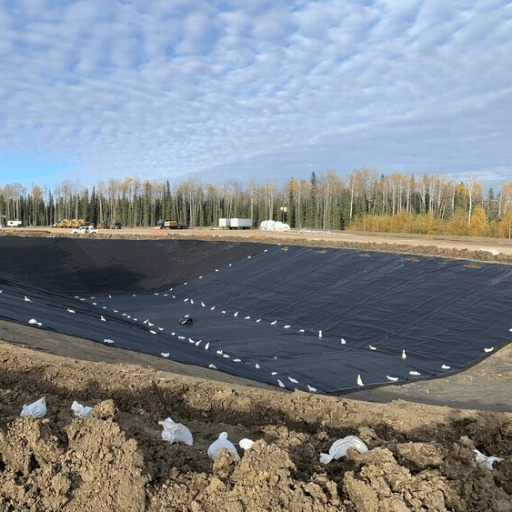
Durability of HDPE Geomembranes
HDPE geomembranes are synonymous with high durability in environmental and industrial applications. Their exceptional longevity stems from:
- Chemical Resistance: Outstanding resistance to acids, hydrocarbons, and industrial chemicals
- UV Stability: Carbon black additives protect against UV degradation
- Mechanical Strength: Tensile strength up to 27 MPa (megapascal)
- Environmental Stress Resistance: Advanced manufacturing technologies ensure crack resistance
Industry Insight: According to “Geosynthetics International,” HDPE geomembranes can last up to 36 years under direct exposure conditions, with even longer lifespans in covered systems.
Environmental Benefits of Using HDPE
HDPE liners offer significant environmental advantages that make them essential for sustainable projects:
- Contamination Prevention: Reduce soil and water pollution threats by more than 95% in waste containment applications
- Recyclability: Support circular economy principles with 88% less energy consumption during recycling compared to virgin plastic production
- Water Conservation: Minimize water loss through seepage in agricultural and aquaculture applications
- Non-Toxic Manufacturing: Produced without harmful chemicals, preventing environmental contamination
Common Applications of HDPE Liner
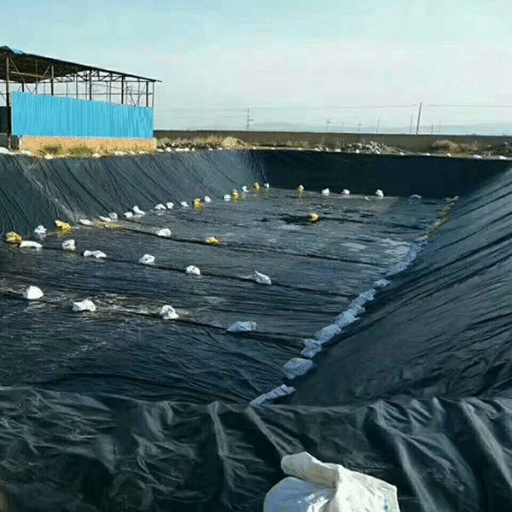
Construction Industry Applications
HDPE liners play a crucial role in modern construction, providing durable solutions for various applications:
- Waterproofing and Foundation Protection: Prevent water penetration and structural damage
- Landfill Containment: Reduce contamination risk to soil and groundwater
- Ground-Level Engineering: Easy installation makes them ideal for complex construction techniques
Market Growth: The global waterproof membrane market, where HDPE liners constitute a significant portion, is projected to reach $39.4 billion by 2028, growing at a CAGR of 6.5% from 2022.
Environmental Management Applications
HDPE liners are fundamental components in environmental management programs due to their resilience and impermeable qualities:
| Application | Usage Rate | Contamination Risk Reduction |
|---|---|---|
| Landfill Capping Systems | 79% worldwide | Prevents toxic substance leakage |
| Wastewater Treatment Plants | Extensive use | Up to 94% risk reduction |
| Industrial Lagoon Liners | Standard practice | Ecosystem protection |
| Biogas Production Plants | Growing adoption | Safe waste containment |
HDPE Liner Installation Best Practices
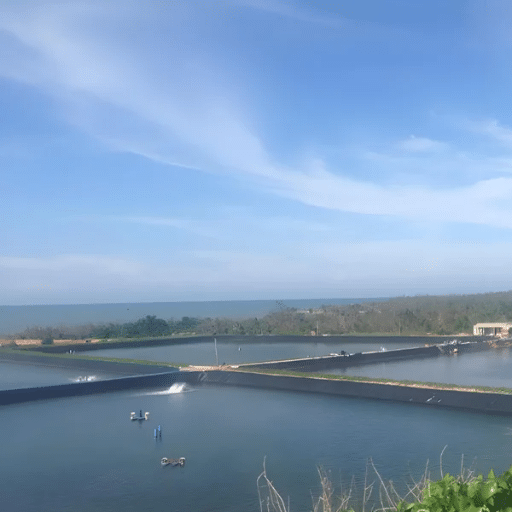
Preparation Before Installation
Proper preparation is crucial for successful installation and long-term performance. Follow these essential steps:
1. Site Assessment and Surveys
- Conduct thorough site surveys to assess conditions
- Identify potential challenges (sharp rocks, tree roots, uneven surfaces)
- Evaluate drainage and slope requirements
2. Material Selection
- Choose appropriate thickness based on application requirements
- Consider chemical resistance needs
- Evaluate UV stability requirements
3. Surface Preparation
- Clear all debris, rocks, and vegetation
- Provide smooth base surface
- Apply protective layer of fine soil or sand if necessary
4. Weather Monitoring
- Plan installation during mild temperatures (40°F to 77°F / 5°C to 25°C)
- Avoid installation during extreme weather conditions
- Consider thermal expansion and contraction effects
Proper Installation Techniques
| Installation Step | Best Practice | Quality Control |
|---|---|---|
| Surface Preparation | Smooth, debris-free surface with fine compacted soil | Visual inspection and surface testing |
| Material Handling | Careful handling to prevent tears, avoid UV exposure | Pre-installation material inspection |
| Seaming Methods | Heat fusion processes (extrusion/hot wedge welding) | Air channel and vacuum testing |
| Anchor Trench | Proper sizing and backfilling for stability | Dimensional verification and soil compaction testing |
| Environmental Control | Installation within 50°F to 104°F (10°C to 40°C) | Temperature monitoring and documentation |
Challenges and Considerations
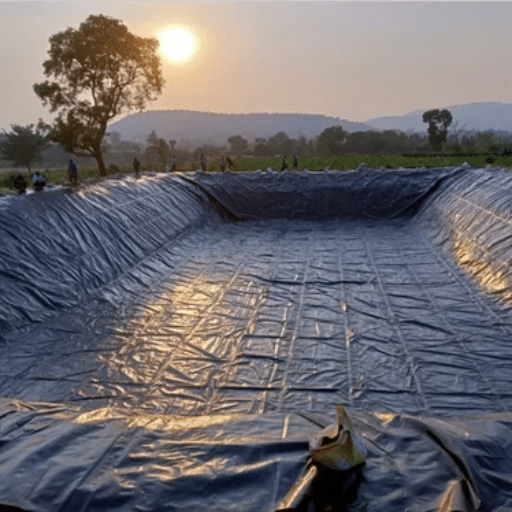
Factors Affecting Longevity and Performance
Several critical factors influence the long-term performance of HDPE liners:
1. UV Exposure
Protection Strategy: HDPE liners with 2-3% carbon black content can maintain properties for 20 years under outdoor exposure.
2. Chemical Resistance
- Highly resistant to acids, alkalis, and hydrocarbons
- Maintains >90% tensile strength after 5 years of industrial acid exposure
- High concentration substances may require special consideration
3. Thermal Aging
- Temperature fluctuations affect structural integrity
- Sustained temperatures above 140°F (60°C) accelerate degradation
- Freezing conditions can cause brittleness
4. Installation Quality
Critical Statistic: According to the International Association of Geosynthetic Installers (IAGI), 10-15% of liner failures are directly attributed to poor installation practices.
5. Mechanical Stresses
- Exposure to tension, compression, and puncture loads
- Optimal performance requires tensile strength >28 MPa
- Puncture resistance should exceed 500 N/mm for high-load applications
Reference sources
- Grand View Research
- Title: “HDPE And LLDPE Geomembrane Market Size, Share & Trends Analysis Report”
- Key Insights: This report provides an in-depth analysis of the HDPE liner market, including applications in waste management, water management, and mining. It also highlights market trends, growth drivers, and regional insights.
- Source: Grand View Research
- BPM Geomembrane
- Title: “What Is HDPE Liner Material?”
- Key Insights: This source explains the properties, applications, and benefits of HDPE liners in various industries, such as agriculture, construction, and environmental protection. It also discusses factors to consider when choosing HDPE liners.
- Source: BPM Geomembrane
- LinkedIn Article on HDPE Geomembrane Liner Market
- Title: “HDPE Geomembrane Liner Market: Key Developments and Future Outlook
- Key Insights: This article discusses the growth of the HDPE liner market, driven by demand in construction, agriculture, and waste management. It also highlights challenges, opportunities, and technological advancements in the industry.
- Source: LinkedIn Article
Frequently Asked Questions (FAQs)
What is an HDPE liner and what are its primary applications?
An HDPE liner is a high-density polyethylene geomembrane designed for containment purposes. This rigid material provides an effective barrier system against liquids and gases, making it ideal for environmental projects such as landfills, ponds, and industrial sites.
What features make HDPE liners suitable for containment applications?
HDPE liners offer excellent chemical resistance, exceptional durability, and the ability to withstand extreme temperatures. These characteristics ensure that hazardous substances remain contained without liner degradation over extended periods.
What thickness options are available for HDPE liner rolls?
Standard HDPE liner rolls are available in various thicknesses, with common options including 60 mil and 120 mil. The specific thickness selection depends on design considerations, application specifications, and environmental conditions.
What types of resistance do HDPE liners provide?
HDPE liners offer exceptional resistance to various solvents and chemicals, providing reliable protection against exposure to environmentally harmful substances. They also demonstrate excellent UV resistance and puncture resistance.
Why are HDPE liners preferred for containment solutions?
HDPE liners are preferred for their excellent performance as flexible containment solutions with very low permeability and high tensile strength. These characteristics ensure effective liquid containment with minimal leakage risk, making them ideal for long-term environmental protection applications.


